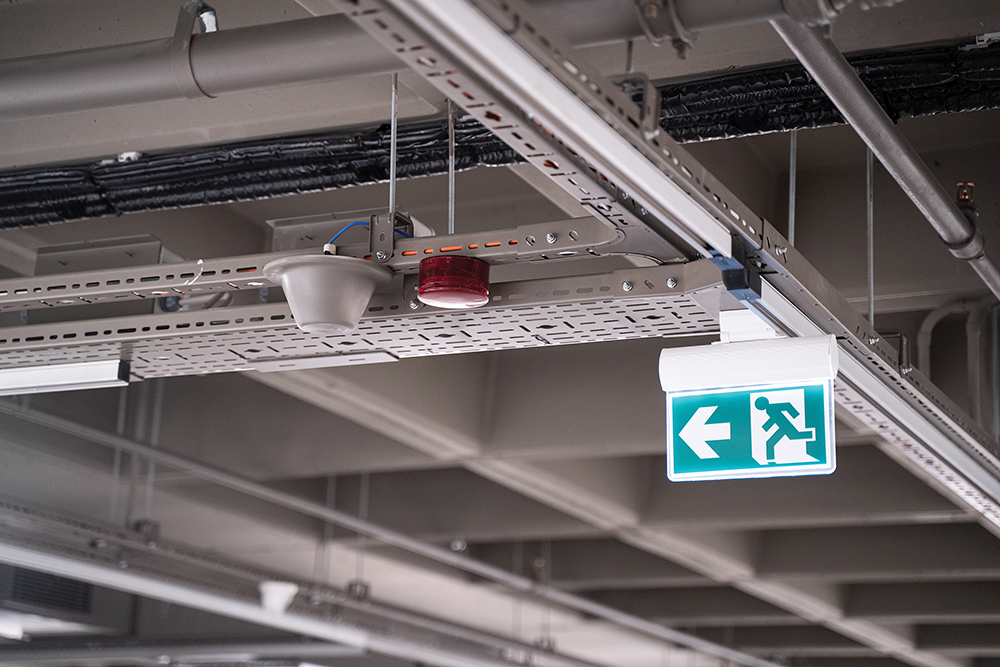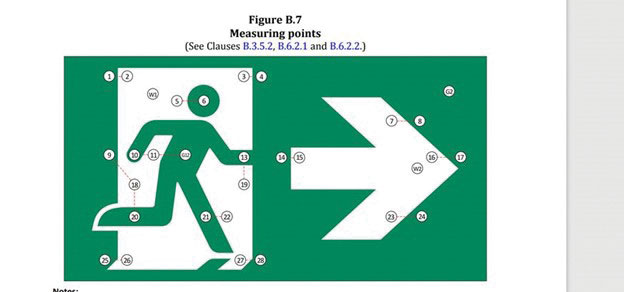It goes without saying that correct grounding is vital to minimizing the risks of electrical fire or explosion and risks to personal safety. This article reviews some of the grounding methods permitted by the Canadian Electrical Code, their advantages and limitations, and reviews the model for effective grounding.
CEC Rule 10-106(1) requires that ac electrical systems must be solidly grounded when their maximum voltage to ground is limited to 150 volts or less. The most common ac voltages in Canada are found in 120/240-volt single-phase, three-wire and 120/208-volt, three-phase, four-wire electrical systems. A solidly grounded system has a solid connection between its neutral point and the earth.
Some advantages and limitations of a solidly grounded electrical system:
1. Phase voltages to ground are more effectively controlled by a solid interconnection between the electrical system neutral and the earth.
2. Although a solidly grounded system may experience heavy ground faults, when overcurrent and/or ground-fault protection is correctly applied, such faults are swiftly detected and cleared.
3. One perceived disadvantage, the electrical system must shut down during a single-phase ground fault.
Rule 10-500 defines effective grounding in this way: “The path to ground from circuits, equipment or conductor enclosures shall be permanent and continuous and shall have ample ampacity to conduct safely any currents liable to be imposed on it, and shall have impedance sufficiently low to limit the voltage above ground, and to facilitate the operation of the overcurrent devices in the circuit.” Appendix B provides further detail to this definition by prescribing that the overall ground fault return path must have impedance sufficiently low so as to permit at least five times the current ratings or settings of the circuit overcurrent protection to flow during a ground fault.
CEC Rule 10-106(2) also permits ungrounded three-phase delta systems when the electrical system voltage exceeds 150 volts to ground. Delta systems have no interconnection with the earth. An ungrounded delta system offers the advantage that no shutdown is required on occurrence of a single-phase ground fault. Ground indication must be provided and ground faults must be repaired at the earliest possible time. Unfortunately, ground indicating lights are often poorly maintained or ignored, thus increasing risks of equipment damage, personal injuries or fatalities.
Although an ungrounded three-phase delta system may continue to operate during a single-phase ground fault, this benefit brings with it, a number of safety and other risks.
1. Uncontrolled phase voltages during normal operations and arcing voltages during a ground fault will shorten the insulation life of motors and other electrical equipment.
2. A phase-to-phase fault happens when a second phase short-circuits to ground, resulting in fire, explosion, equipment damage, electrical system shutdowns and personal risks.
3. History has shown that failure to maintain the ground indicating lights or ignoring them can lead to serious consequences.
Resistance grounding provides an excellent compromise between solidly grounded and ungrounded delta systems, providing some of the advantages of each.
Connecting the electrical system neutral to earth through a grounding resistor provides a number of important benefits.
1. The CEC, Rule 10-1102 permits electrical systems up to 5 kV to continue operating without shutting down during a ground fault when fault currents are limited to 5 amperes or less.
2. Lower ground-fault levels and reduced flash hazards minimize equipment damage and reduce personal risks.
3. Phase voltages are controlled with a lower risk of insulation damage.
Resistance grounding may be defined as low resistance or high resistance grounding. Low resistance grounding is normally used at higher voltages with ground-fault currents not necessarily limited to 5 amperes. Low resistance grounding is used specifically to reduce ground-fault damages and hazards. The CEC requires that when system voltages exceed 5 kV or allowable ground-fault current exceeds 5 amperes, a shutdown is required during a ground fault.
A high resistance grounded electrical system may be defined as one that limits single-phase ground-fault currents to 5 amperes or less. The CEC, Rule 10-1102 does permit electrical systems up to 5 kV to continue operating during a single-phase ground fault when ground faults are limited to 5 amperes or less. The rule does include a requirement for a visual or audible alarm, clearly identified. It also goes without saying that ground faults should be repaired as soon as possible after detection to reduce the risks of further damage and personal risks
Rule 10-1102 of the present 2002 CEC does not permit using the neutral of resistance grounded systems to supply any single-phase loads. There will be some changes to this requirement when the 2006 electrical code comes into effect.
As usual, you should always consult with your locale electrical inspection authority in each jurisdiction for a more precise interpretation of any of the above.














Find Us on Socials